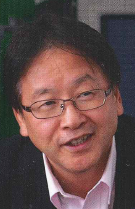Japanese super teachers to visit Stora Sätraskolan, Gävle

“The teachers who are coming are well-known in Japan and have written numerous books that numerous maths teachers read,” says Yukiko Asami-Johansson, initiator to the Japanese visit and researcher at the University of Gävle.
On Tuesday 10 October Stora Sätraskolan in Gävle will be visited by 10 Japanese comprehensive school teachers. Seven of them are teachers of mathematics, two teach natural sciences and one is a teacher of music.

Hiroshi Tanaka
“The math teacher Hiroshi Tanaka will conduct an open lesson in mathematics for year 6.
He is the most well-known math teacher in the whole of Japan,” Yukiko says.
Then one of the teachers from Stora Sätraskolan will hold a lesson for ninth graders. Both lessons will be open for all to come and watch, and directly afterwards there will be a panel discussion and workshops.
“To be given the opportunity to discuss afterwards is a very important element in teachers’ development in Japan.”
More than a study visit
Yukiko tells us that this is a form of study visit. The Japanese teachers would like to see other schools, but they also want to see if their own teaching methods can work in other countries.
“These teachers have super status in Japan and have written numerous books that numerous Japanese math teachers read.”
Japanese teaching methods
Japanese teaching differs from the Swedish one in that one practices discussion which engages the whole classroom and problem solving with the focus on interaction.
The Japanese teachers hold an open lesson every year in their own schools and thousands of teachers come to watch.
“They have to move the lesson to sports halls to make room for everyone.”
The project
Together with her PhD student colleague Jacob Bern, Yukiko has arranged such study visits for two consecutive years in Denmark.
“I got to know these teachers in Denmark, which made this open lesson in Sweden possible.”
In the future, Yukiko Asami-Johansson would like to study whether the Japanese way of teaching can work in Sweden.
For more information, please contact:
Yukiko Asami-Johansson, researcher at the University of Gävle.
Phone: 026-64 84 87, 070-538 34 25
Email: yukiko.asamijohansson@hig.se
Text: Douglas Öhrbom






 Skriv ut
Skriv ut
 Utskriftsversion
Utskriftsversion
